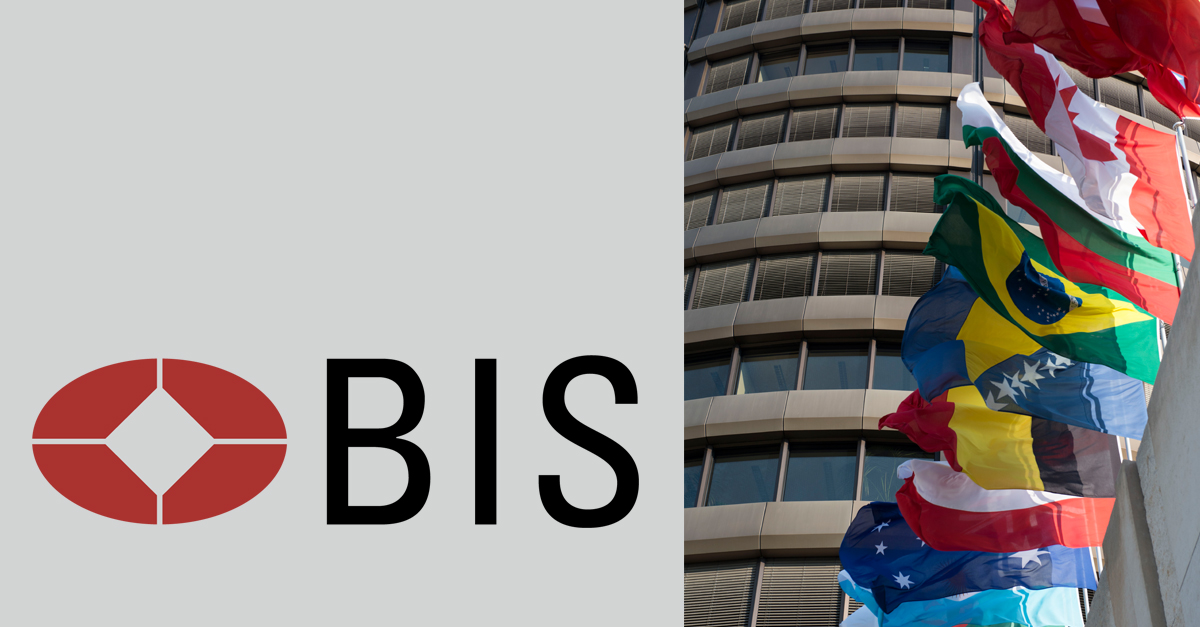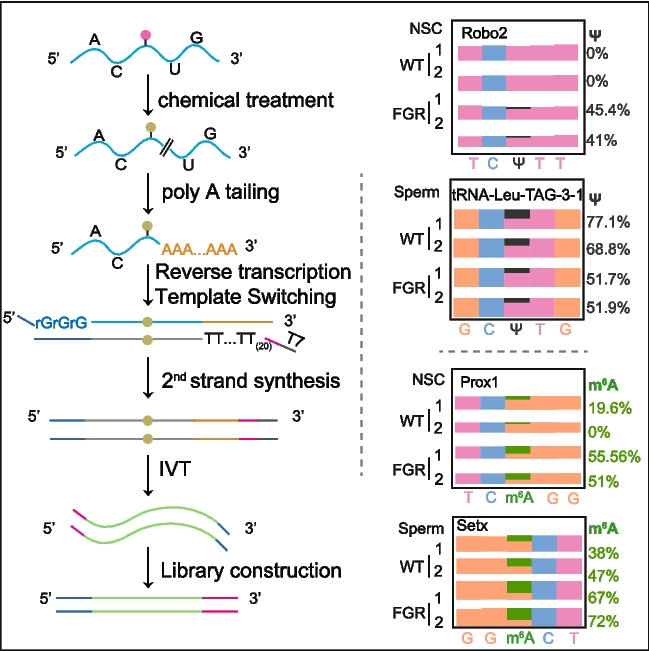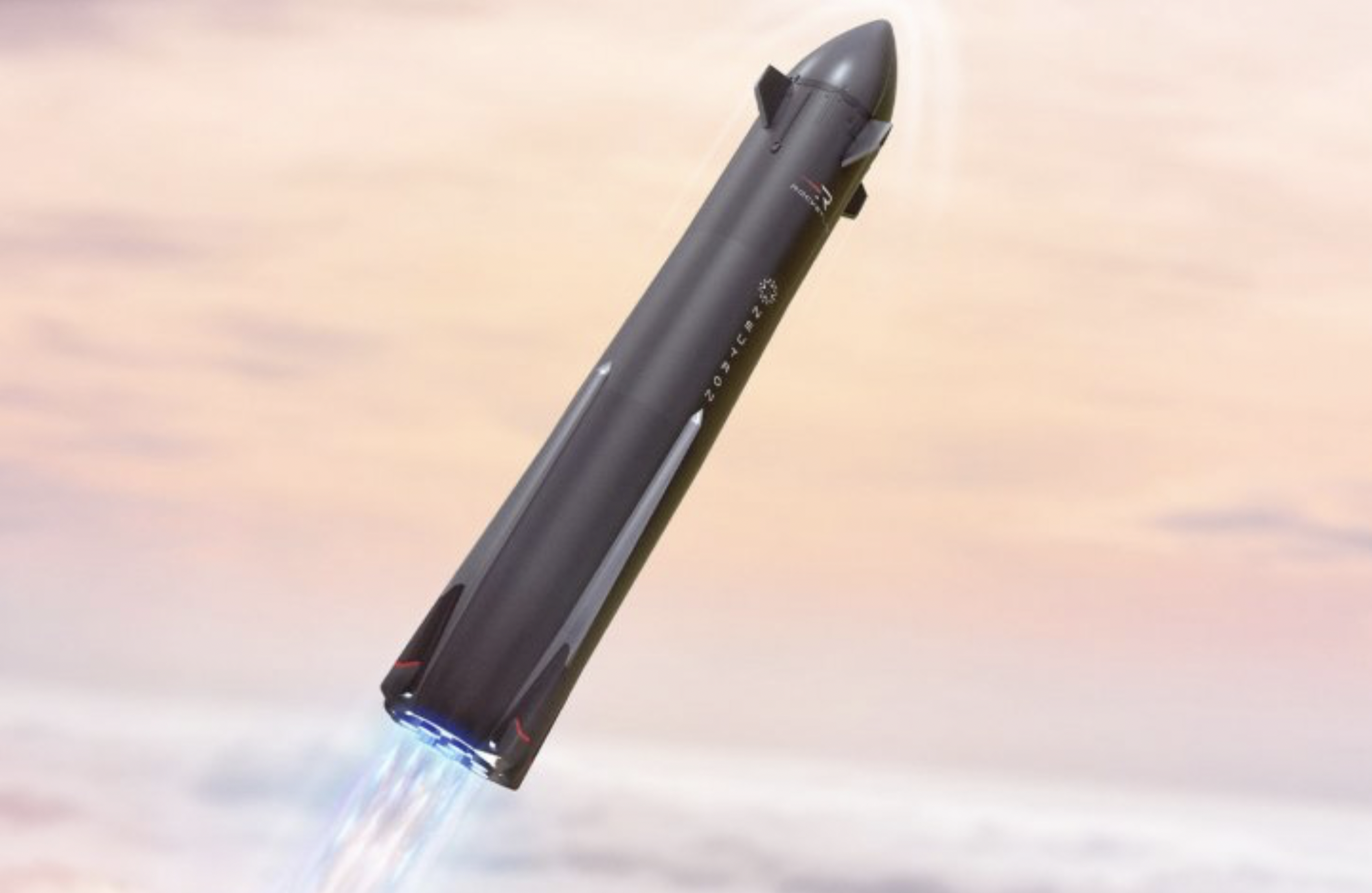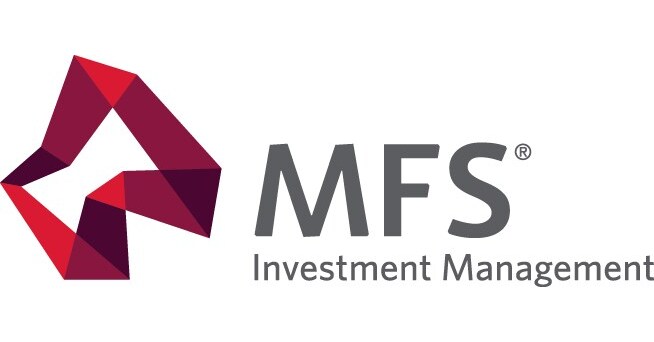McCown PJ, Ruszkowska A, Kunkler CN, Breger K, Hulewicz JP, Wang MC, et al. Naturally occurring modified ribonucleosides. WIREs RNA. 2020;11:e1595.
CAS
PubMed
Google Scholar
Liu N, Dai Q, Zheng G, He C, Parisien M, Pan T. N(6)-methyladenosine-dependent RNA structural switches regulate RNA-protein interactions. Nature. 2015;518:560–4.
CAS
PubMed
PubMed Central
Google Scholar
He PC, Wei J, Dou X, Harada BT, Zhang Z, Ge R, et al. Exon architecture controls mRNA m(6)A suppression and gene expression. Science. 2023;379:677–82.
CAS
PubMed
PubMed Central
Google Scholar
Liu J, Dou X, Chen C, Chen C, Liu C, Xu MM, et al. N (6)-methyladenosine of chromosome-associated regulatory RNA regulates chromatin state and transcription. Science. 2020;367:580–6.
CAS
PubMed
PubMed Central
Google Scholar
Xu W, Li J, He C, Wen J, Ma H, Rong B, et al. METTL3 regulates heterochromatin in mouse embryonic stem cells. Nature. 2021;591:317–21.
CAS
PubMed
Google Scholar
Wei J, Yu X, Yang L, Liu X, Gao B, Huang B, et al. FTO mediates LINE1 m(6)a demethylation and chromatin regulation in mESCs and mouse development. Science. 2022;376(6596):968–73.
CAS
PubMed
PubMed Central
Google Scholar
Frye M, Harada BT, Behm M, He C. RNA modifications modulate gene expression during development. Science. 2018;361:1346–9.
CAS
PubMed
PubMed Central
Google Scholar
Roundtree IA, Luo GZ, Zhang Z, Wang X, Zhou T, Cui Y, et al. YTHDC1 mediates nuclear export of N(6)-methyladenosine methylated mRNAs. Elife. 2017. https://doi.org/10.7554/eLife.31311.
Article
PubMed
PubMed Central
Google Scholar
Liu C, Dou X, Zhao Y, Zhang L, Zhang L, Dai Q, et al. IGF2BP3 promotes mRNA degradation through internal m(7)g modification. Nat Commun. 2024;15:7421.
CAS
PubMed
PubMed Central
Google Scholar
Wang X, Lu Z, Gomez A, Hon GC, Yue Y, Han D, et al. N6-methyladenosine-dependent regulation of messenger RNA stability. Nature. 2014;505:117–20.
PubMed
Google Scholar
Dominissini D, Nachtergaele S, Moshitch-Moshkovitz S, Peer E, Kol N, Ben-Haim MS, et al. The dynamic N(1)-methyladenosine methylome in eukaryotic messenger RNA. Nature. 2016;530:441–6.
CAS
PubMed
PubMed Central
Google Scholar
Wang X, Zhao BS, Roundtree IA, Lu Z, Han D, Ma H, et al. N(6)-methyladenosine modulates messenger RNA translation efficiency. Cell. 2015;161:1388–99.
CAS
PubMed
PubMed Central
Google Scholar
Dominissini D, Moshitch-Moshkovitz S, Schwartz S, Salmon-Divon M, Ungar L, Osenberg S, et al. Topology of the human and mouse m6A RNA methylomes revealed by m6A-seq. Nature. 2012;485:201–6.
CAS
PubMed
Google Scholar
Meyer KD, Saletore Y, Zumbo P, Elemento O, Mason CE, Jaffrey SR. Comprehensive analysis of mRNA methylation reveals enrichment in 3’ UTRs and near stop codons. Cell. 2012;149:1635–46.
CAS
PubMed
PubMed Central
Google Scholar
Li Y, Wang Y, Vera-Rodriguez M, Lindeman LC, Skuggen LE, Rasmussen EMK, et al. Single-cell m(6)A mapping in vivo using picoMeRIP-seq. Nat Biotechnol. 2024;42:591–6.
CAS
PubMed
Google Scholar
Yao H, Gao CC, Zhang D, Xu J, Song G, Fan X, et al. Scm(6)A-seq reveals single-cell landscapes of the dynamic m(6)A during oocyte maturation and early embryonic development. Nat Commun. 2023;14:315.
CAS
PubMed
PubMed Central
Google Scholar
Hamashima K, Wong KW, Sam TW, Teo JHJ, Taneja R, Le MTN, et al. Single-nucleus multiomic mapping of m(6)A methylomes and transcriptomes in native populations of cells with sn-m6A-CT. Mol Cell. 2023. https://doi.org/10.1016/j.molcel.2023.08.010.
Article
PubMed
PubMed Central
Google Scholar
McIntyre ABR, Gokhale NS, Cerchietti L, Jaffrey SR, Horner SM, Mason CE. Limits in the detection of m6A changes using MeRIP/m6A-seq. Sci Rep. 2020;10:6590.
CAS
PubMed
PubMed Central
Google Scholar
Hu L, Liu S, Peng Y, Ge R, Su R, Senevirathne C, et al. M(6)a RNA modifications are measured at single-base resolution across the mammalian transcriptome. Nat Biotechnol. 2022;40:1210–9.
CAS
PubMed
PubMed Central
Google Scholar
Liu C, Sun H, Yi Y, Shen W, Li K, Xiao Y, et al. Absolute quantification of single-base m(6)A methylation in the mammalian transcriptome using GLORI. Nat Biotechnol. 2023;41:355–66.
CAS
PubMed
Google Scholar
Shen W, Sun H, Liu C, Yi Y, Hou Y, Xiao Y, et al. Glori for absolute quantification of transcriptome-wide m(6)a at single-base resolution. Nat Protoc. 2024;19:1252–87.
CAS
PubMed
Google Scholar
Li X, Xiong X, Zhang M, Wang K, Chen Y, Zhou J, et al. Base-Resolution Mapping Reveals Distinct m(1)A Methylome in Nuclear- and Mitochondrial-Encoded Transcripts. Mol Cell. 2017;68(993–1005):e1009.
Google Scholar
Zhou H, Rauch S, Dai Q, Cui X, Zhang Z, Nachtergaele S, et al. Evolution of a reverse transcriptase to map N(1)-methyladenosine in human messenger RNA. Nat Methods. 2019;16:1281–8.
CAS
PubMed
PubMed Central
Google Scholar
Pajdzik K, Lyu R, Dou X, Ye C, Zhang LS, Dai Q, et al. Chemical manipulation of m(1)A mediates its detection in human tRNA. RNA. 2024;30:548–59.
CAS
PubMed
PubMed Central
Google Scholar
Ge R, Ye C, Peng Y, Dai Q, Zhao Y, Liu S, et al. M(6)A-SAC-seq for quantitative whole transcriptome m(6)a profiling. Nat Protoc. 2023;18:626–57.
CAS
PubMed
Google Scholar
Xu H, Kong L, Cheng J, Al Moussawi K, Chen X, Iqbal A, et al. Absolute quantitative and base-resolution sequencing reveals comprehensive landscape of pseudouridine across the human transcriptome. Nat Methods. 2024. https://doi.org/10.1038/s41592-024-02439-8.
Article
PubMed
PubMed Central
Google Scholar
Zhang M, Jiang Z, Ma Y, Liu W, Zhuang Y, Lu B, et al. Quantitative profiling of pseudouridylation landscape in the human transcriptome. Nat Chem Biol. 2023;19:1185–95.
CAS
PubMed
Google Scholar
Dai Q, Ye C, Irkliyenko I, Wang Y, Sun HL, Gao Y, et al. Ultrafast bisulfite sequencing detection of 5-methylcytosine in DNA and RNA. Nat Biotechnol. 2024. https://doi.org/10.1038/s41587-023-02034-w.
Article
PubMed
PubMed Central
Google Scholar
Lu L, Zhang X, Zhou Y, Shi Z, Xie X, Zhang X, et al. Base-resolution m(5)C profiling across the mammalian transcriptome by bisulfite-free enzyme-assisted chemical labeling approach. Mol Cell. 2024;84(2984–3000):e2988.
Google Scholar
Marchand V, Ayadi L, Ernst FGM, Hertler J, Bourguignon-Igel V, Galvanin A, et al. Alkaniline-seq: profiling of m(7) G and m(3) C RNA modifications at single nucleotide resolution. Angew Chem Int Ed Engl. 2018;57:16785–90.
CAS
PubMed
Google Scholar
Zhang LS, Liu C, Ma H, Dai Q, Sun HL, Luo G, et al. Transcriptome-wide Mapping of Internal N(7)-Methylguanosine Methylome in Mammalian mRNA. Mol Cell. 2019;74(1304–1316):e1308.
Google Scholar
Sas-Chen A, Thomas JM, Matzov D, Taoka M, Nance KD, Nir R, et al. Dynamic RNA acetylation revealed by quantitative cross-evolutionary mapping. Nature. 2020;583:638–43.
CAS
PubMed
PubMed Central
Google Scholar
Beiki H, Sturgill D, Arango D, Relier S, Schiffers S, Oberdoerffer S. Detection of ac4C in human mRNA is preserved upon data reassessment. Mol Cell. 2024;84(1611–1625):e1613.
Google Scholar
Zhang LS, Ju CW, Jiang B, He C. Base-resolution quantitative DAMM-seq for mapping RNA methylations in tRNA and mitochondrial polycistronic RNA. Methods Enzymol. 2023;692:39–54.
CAS
PubMed
PubMed Central
Google Scholar
Gynecologists ACO: ACOG Practice Bulletin No. 227: Fetal Growth Restriction. Obstetrics Gynecol. 2021;137:754.
Gilchrist C, Cumberland A, Walker D, Tolcos M. Intrauterine growth restriction and development of the hippocampus: implications for learning and memory in children and adolescents. Lancet Child Adolesc Health. 2018;2:755–64.
PubMed
Google Scholar
Hoek HW, Susser E, Buck KA, Lumey LH, Lin SP, Gorman JM. Schizoid personality disorder after prenatal exposure to famine. Am J Psychiatry. 1996;153:1637–9.
CAS
PubMed
Google Scholar
Chen YY, Zhou LA. The long-term health and economic consequences of the 1959–1961 famine in China. J Health Econ. 2007;26:659–81.
PubMed
Google Scholar
Tsikouras P, Antsaklis P, Nikolettos K, Kotanidou S, Kritsotaki N, Bothou A, et al. Diagnosis, prevention, and management of fetal growth restriction (FGR). J Pers Med. 2024. https://doi.org/10.3390/jpm14070698.
Article
PubMed
PubMed Central
Google Scholar
Chen W, Liu N, Shen S, Zhu W, Qiao J, Chang S, et al. Fetal growth restriction impairs hippocampal neurogenesis and cognition via Tet1 in offspring. Cell Rep. 2021;37:109912.
CAS
PubMed
Google Scholar
Veenendaal MVE, Painter RC, de Rooij SR, Bossuyt PMM, van der Post JAM, Gluckman PD, et al. Transgenerational effects of prenatal exposure to the 1944–45 Dutch famine. BJOG. 2013;120:548–54.
CAS
PubMed
Google Scholar
Yao WY, Yu YF, Li LH, Xu WH. Exposure to Chinese famine in early life and height across 2 generations: a longitudinal study based on the China Health and Nutrition Survey. Am J Clin Nutr. 2024;119:433–43.
CAS
PubMed
Google Scholar
Radford EJ, Ito M, Shi H, Corish JA, Yamazawa K, Isganaitis E, Seisenberger S, Hore TA, Reik W, Erkek S, et al: In utero undernourishment perturbs the adult sperm methylome and intergenerational metabolism. Science. 2014;345:785.
Zhang ZM, Luo XF, Lv Y, Yan LL, Xu SS, Wang Y, et al. Intrauterine growth restriction programs intergenerational transmission of pulmonary arterial hypertension and endothelial dysfunction via sperm epigenetic modifications. Hypertension. 2019;74:1160–71.
CAS
PubMed
Google Scholar
Borchardt EK, Martinez NM, Gilbert WV. Regulation and function of RNA pseudouridylation in human cells. Annu Rev Genet. 2020;54:309–36.
CAS
PubMed
PubMed Central
Google Scholar
Zhang LS, Ye C, Ju CW, Gao B, Feng X, Sun HL, et al. BID-seq for transcriptome-wide quantitative sequencing of mRNA pseudouridine at base resolution. Nat Protoc. 2024;19:517–38.
CAS
PubMed
Google Scholar
Santiago J, Silva JV, Howl J, Santos MAS, Fardilha M. All you need to know about sperm RNAs. Hum Reprod Update. 2021;28:67–91.
PubMed
Google Scholar
Chen Q, Yan W, Duan E. Epigenetic inheritance of acquired traits through sperm RNAs and sperm RNA modifications. Nat Rev Genet. 2016;17:733–43.
CAS
PubMed
PubMed Central
Google Scholar
Herridge RP, Dolata J, Migliori V, Alves CD, Borges F, Schorn AJ, van Ex F, Lin A, Bajczyk M, Parent JS, et al. Pseudouridine guides germline small RNA transport and epigenetic inheritance. Nat Struct Mol Biol. 2025 Feb;32(2):277-86.
Suzuki T. The expanding world of tRNA modifications and their disease relevance. Nat Rev Mol Cell Biol. 2021;22:375–92.
CAS
PubMed
Google Scholar
Wang C, Lu CF, Peng J, Hu CD, Wang Y. Roles of neural stem cells in the repair of peripheral nerve injury. Neural Regen Res. 2017;12:2106–12.
CAS
PubMed
PubMed Central
Google Scholar
Wen C, Cao L, Wang S, Xu W, Yu Y, Zhao S, et al. MCM8 interacts with DDX5 to promote R-loop resolution. EMBO J. 2024;43:3044–71.
CAS
PubMed
PubMed Central
Google Scholar
Zhai Y, Cheng E, Wu H, Li N, Yung PY, Gao N, et al. Open-ringed structure of the Cdt1-Mcm2-7 complex as a precursor of the MCM double hexamer. Nat Struct Mol Biol. 2017;24:300–8.
CAS
PubMed
Google Scholar
Wang P, Ye C, Zhao M, Jiang B, He C. Small-molecule-catalysed deamination enables transcriptome-wide profiling of N(6)-methyladenosine in RNA. Nat Chem. 2025. https://doi.org/10.1038/s41557-025-01801-3.
Article
PubMed
PubMed Central
Google Scholar
Sun H, Lu B, Zhang Z, Xiao Y, Zhou Z, Xi L, et al. Mild and ultrafast GLORI enables absolute quantification of m(6)A methylome from low-input samples. Nat Methods. 2025. https://doi.org/10.1038/s41592-025-02680-9.
Article
PubMed
PubMed Central
Google Scholar
Li Y, Xue J, Ma Y, Ye K, Zhao X, Ge F, et al. The complex roles of m 6 A modifications in neural stem cell proliferation, differentiation, and self-renewal and implications for memory and neurodegenerative diseases. Neural Regen Res. 2025;20:1582–98.
CAS
PubMed
Google Scholar
Lv J, Xing L, Zhong X, Li K, Liu M, Du K. Role of N6-methyladenosine modification in central nervous system diseases and related therapeutic agents. Biomed Pharmacother. 2023;162:114583.
CAS
PubMed
Google Scholar
Wan X, Ge Y, Xu S, Feng Y, Zhu Y, Yin L, et al. M(6)a modification and its role in neural development and neurological diseases. Epigenomics. 2023;15:819–33.
CAS
PubMed
Google Scholar
Gui Y, Yuan S. Epigenetic regulations in mammalian spermatogenesis: RNA-m(6)a modification and beyond. Cell Mol Life Sci. 2021;78:4893–905.
CAS
PubMed
PubMed Central
Google Scholar
Lin Z, Hsu PJ, Xing X, Fang J, Lu Z, Zou Q, et al. Mettl3-/Mettl14-mediated mRNA N(6)-methyladenosine modulates murine spermatogenesis. Cell Res. 2017;27:1216–30.
CAS
PubMed
PubMed Central
Google Scholar
Huang T, Liu ZD, Zheng Y, Feng TY, Gao Q, Zeng WX. YTHDF2 promotes spermagonial adhesion through modulating MMPs decay via m6A/mRNA pathway. Cell Death Dis. 2020. https://doi.org/10.1038/s41419-020-2235-4.
Article
PubMed
PubMed Central
Google Scholar
Wu YF, Li JC, Li CMJ, Lu S, Wei XY, Li Y, et al. Fat mass and obesity-associated factor (FTO)-mediated N6-methyladenosine regulates spermatogenesis in an age-dependent manner. J Biol Chem. 2023. https://doi.org/10.1016/j.jbc.2023.104783.
Article
PubMed
PubMed Central
Google Scholar
Myers BL, Brayer KJ, Paez-Beltran LE, Villicana E, Keith MS, Suzuki H, et al. Transcription factors ASCL1 and OLIG2 drive glioblastoma initiation and co-regulate tumor cell types and migration. Nat Commun. 2024;15:10363.
CAS
PubMed
PubMed Central
Google Scholar
Hoeck JD, Jandke A, Blake SM, Nye E, Spencer-Dene B, Brandner S, et al. Fbw7 controls neural stem cell differentiation and progenitor apoptosis via Notch and c-Jun. Nat Neurosci. 2010;13:1365–72.
CAS
PubMed
Google Scholar
Torii MA, Matsuzaki F, Osumi N, Kaibuchi K, Nakamura S, Casarosa S, et al. Transcription factors Mash-1 and Prox-1 delineate early steps in differentiation of neural stem cells in the developing central nervous system. Development. 1999;126:443–56.
CAS
PubMed
Google Scholar
Karalay Ö, Doberauer K, Vadodaria KC, Knobloch M, Berti L, Miquelajauregui A, et al. Prospero-related homeobox 1 gene (Prox1) is regulated by canonical Wnt signaling and has a stage-specific role in adult hippocampal neurogenesis. Proc Natl Acad Sci U S A. 2011;108:5807–12.
CAS
PubMed
PubMed Central
Google Scholar
Salmen F, De Jonghe J, Kaminski TS, Alemany A, Parada GE, Verity-Legg J, et al. High-throughput total RNA sequencing in single cells using VASA-seq. Nat Biotechnol. 2022;40:1780–93.
CAS
PubMed
PubMed Central
Google Scholar
Turchinovich A, Surowy H, Serva A, Zapatka M, Lichter P, Burwinkel B. Capture and amplification by tailing and switching (CATS). An ultrasensitive ligation-independent method for generation of DNA libraries for deep sequencing from picogram amounts of DNA and RNA. RNA Biol. 2014;11:817–28.
PubMed
PubMed Central
Google Scholar
Chen C, Xing D, Tan L, Li H, Zhou G, Huang L, et al. Single-cell whole-genome analyses by linear amplification via transposon insertion (LIANTI). Science. 2017;356:189–94.
CAS
PubMed
PubMed Central
Google Scholar
Cui XL, Nie J, Zhu H, Kowitwanich K, Beadell AV, West-Szymanski DC, et al. LABS: linear amplification-based bisulfite sequencing for ultrasensitive cancer detection from cell-free DNA. Genome Biol. 2024;25:157.
CAS
PubMed
PubMed Central
Google Scholar
Xie R, Yang X, He W, Luo Z, Li W, Xu C, et al. LAMP-MS for locus-specific visual quantification of DNA 5 mC and RNA m(6)A using ultra-low input. Angew Chem Int Ed Engl. 2025;64:e202413872.
CAS
PubMed
Google Scholar
Lyu J, Chen C. LAST-seq: single-cell RNA sequencing by direct amplification of single-stranded RNA without prior reverse transcription and second-strand synthesis. Genome Biol. 2023;24:184.
CAS
PubMed
PubMed Central
Google Scholar
Verboom K, Everaert C, Bolduc N, Livak KJ, Yigit N, Rombaut D, et al. SMARTer single cell total RNA sequencing. Nucleic Acids Res. 2019;47:e93.
CAS
PubMed
PubMed Central
Google Scholar
Eyler DE, Franco MK, Batool Z, Wu MZ, Dubuke ML, Dobosz-Bartoszek M, et al. Pseudouridinylation of mRNA coding sequences alters translation. Proc Natl Acad Sci U S A. 2019;116:23068–74.
CAS
PubMed
PubMed Central
Google Scholar
Deogharia M, Mukhopadhyay S, Joardar A, Gupta R. The human ortholog of archaeal Pus10 produces pseudouridine 54 in select tRNAs where its recognition sequence contains a modified residue. RNA. 2019;25:336–51.
CAS
PubMed
PubMed Central
Google Scholar
Song J, Zhuang Y, Zhu C, Meng H, Lu B, Xie B, et al. Differential roles of human PUS10 in miRNA processing and tRNA pseudouridylation. Nat Chem Biol. 2020;16:160–9.
CAS
PubMed
Google Scholar
Mukhopadhyay S, Deogharia M, Gupta R. Mammalian nuclear TRUB1, mitochondrial TRUB2, and cytoplasmic PUS10 produce conserved pseudouridine 55 in different sets of tRNA. RNA. 2021;27:66–79.
CAS
PubMed
PubMed Central
Google Scholar
Behm-Ansmant I, Massenet S, Immel F, Patton JR, Motorin Y, Branlant C. A previously unidentified activity of yeast and mouse RNA:pseudouridine synthases 1 (Pus1p) on tRNAs. RNA. 2006;12:1583–93.
CAS
PubMed
PubMed Central
Google Scholar
Feinberg JS, Joseph S. Identification of molecular interactions between P-site tRNA and the ribosome essential for translocation. Proc Natl Acad Sci U S A. 2001;98:11120–5.
CAS
PubMed
PubMed Central
Google Scholar
Helm M, Brule H, Degoul F, Cepanec C, Leroux JP, Giege R, et al. The presence of modified nucleotides is required for cloverleaf folding of a human mitochondrial tRNA. Nucleic Acids Res. 1998;26:1636–43.
CAS
PubMed
PubMed Central
Google Scholar
Zhang J, Xiong YW, Tan LL, Zheng XM, Zhang YF, Ling Q, et al. Sperm Rhoa m6A modification mediates intergenerational transmission of paternally acquired hippocampal neuronal senescence and cognitive deficits after combined exposure to environmental cadmium and high-fat diet in mice. J Hazard Mater. 2023;458:131891.
CAS
PubMed
Google Scholar
Zhou Y, Lian C, Lu Y, Wang T, Zhao C, Zhang C, Gong M, Chen J, Ju R: Maternal androgen exposure induces intergenerational effects via paternal inheritance. J Endocrinol. 2024;262(2):e230368.
Mao Y, Meng Y, Zou K, Qin N, Wang Y, Yan J, et al. Advanced paternal age exacerbates neuroinflammation in offspring via m6A modification-mediated intergenerational inheritance. J Neuroinflammation. 2024;21:249.
CAS
PubMed
PubMed Central
Google Scholar
He W, Yin X, Xu C, Liu X, Huang Y, Yang C, et al. Ascorbic acid reprograms epigenome and epitranscriptome by reducing Fe(III) in the catalytic cycle of dioxygenases. ACS Chem Biol. 2024;19:129–40.
CAS
PubMed
Google Scholar
Hu L, Xu C, He W. Uli-Epic: A cutting-edge library construction strategy for profiling ultra-limited RNA modifications [Uli-Epic BID-seq] Gene Expression Omnibus. 2024. https://www.ncbi.nlm.nih.gov/geo/query/acc.cgi?&acc=GSE277358.
Uli-Epic: A cutting-edge library construction strategy for profiling ultra-limited RNA modifications [Uli-Epic GLORI] Gene Expression Omnibus. 2024. https://www.ncbi.nlm.nih.gov/geo/query/acc.cgi?acc=GSE277359.
Hu L, Xu C, He W. Ascorbic acid reprogrames epigenome and epitranscriptome by recycling Fe (III) into Fe (II) in the catalytic cycle of dioxygenases. Gene Expression Omnibus. 2024. https://www.ncbi.nlm.nih.gov/geo/query/acc.cgi?acc=GSE242760.








